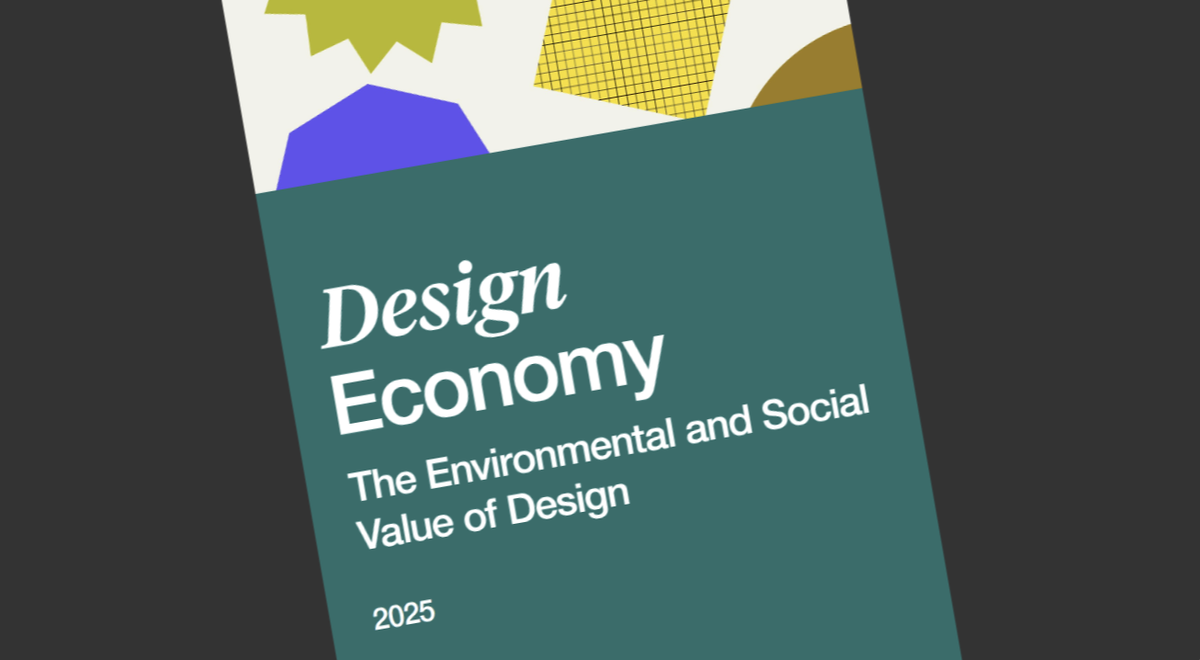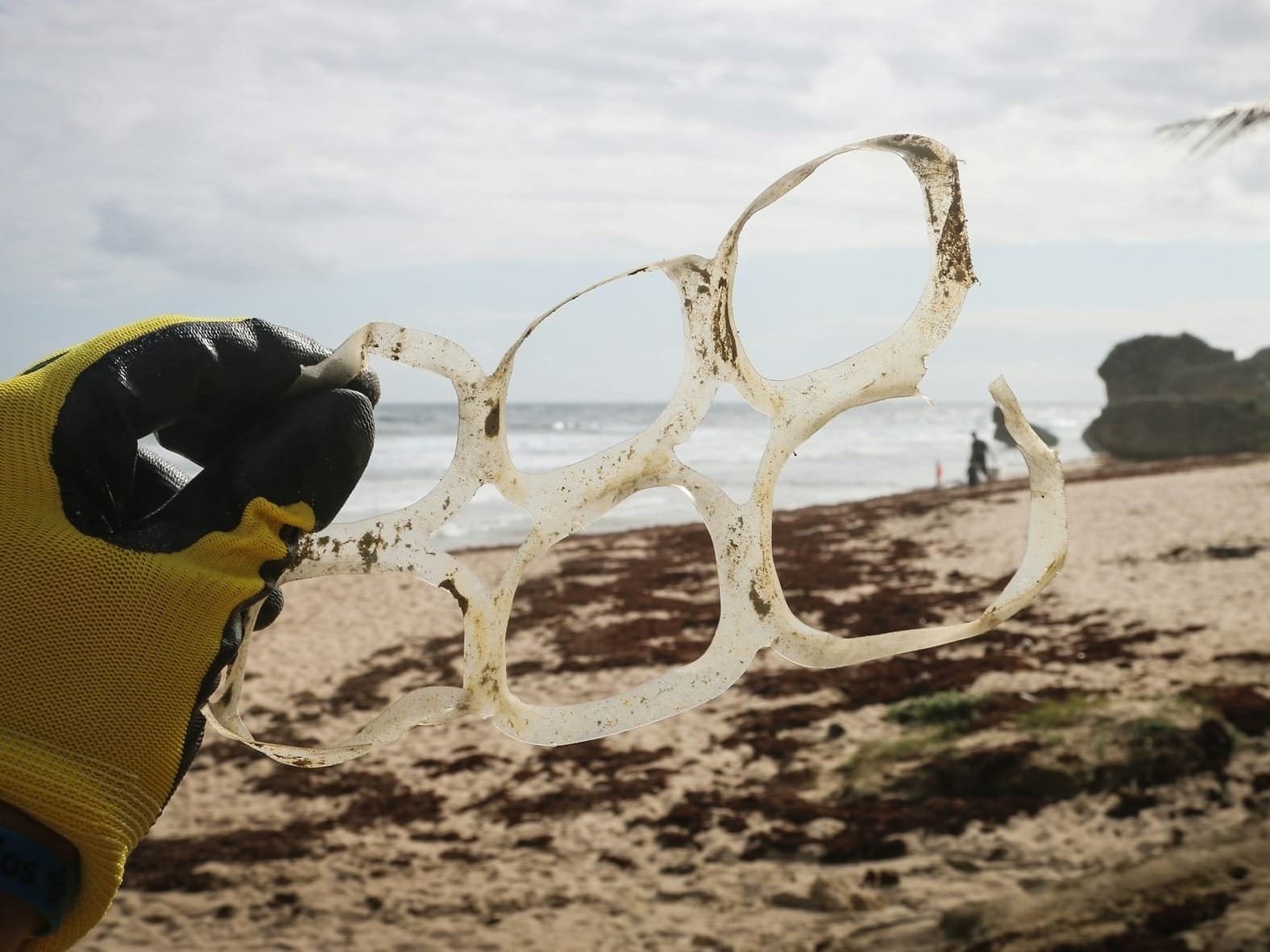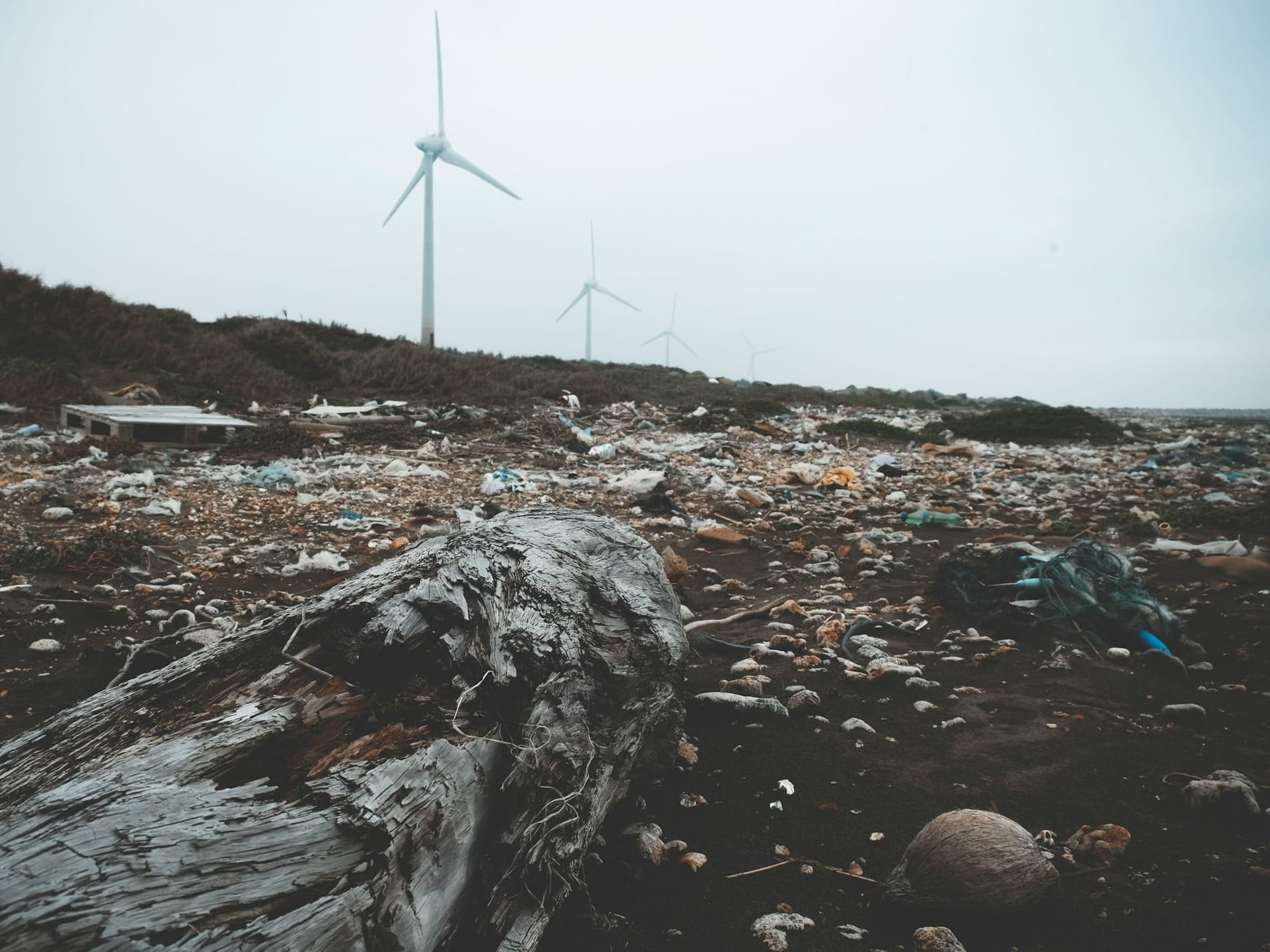
Design Economy research by the Design Council is "the UK’s most comprehensive exploration of the value of design". Its recently published 2025 research report is the first to "elevate the environmental and social value of design as an equal pillar alongside its economic contributions". Obviously, that caught URGE's attention.
ONS data and detailed Gross Value Added (GVA) breakdowns have been replaced with findings from 1,068 survey responses, 45 workshop attendees, 34 interviews and 19 case study businesses. You can read the full report here, but there are two headline challenges: green skills and impact measurement.
Design Week has already picked up on this with the "urgent" need to boost designers’ green skills. They feature URGE co-founder Sophie Thomas on the need for imaginative solutions to the green skills problem and 'kinaesthetic learning'. (See The Great Recovery product teardowns to inform design for disassembly.)
URGE has gone a little deeper with its own analysis of the raw survey data to find out more about the challenges associated with green skills, impact measurement and a third theme that emerged from the data: carbon tunnel vision.

Green skills
Only 13% of respondents felt fully ready to meet the demand to 'design for environmental impact'. The number of respondents fully or moderately ready rises to 43% and that seems to correlate with the 45% assessing their knowledge and skill level in this area as either proficient or expert.
Training or hiring the skills are the obvious solutions, but 74% of respondents had not undertaken relevant CPD or short courses in the past three years and 66% say their organisation has no dedicated role aimed at environmental and social value.
Of the nine end-of-report recommendations, five relate to green skills:
- revise curriculum to integrate sustainability and business skills;
- establish comprehensive training and resources;
- promote critical engagement with evolving knowledge;
- enhance collaborative learning opportunities; and,
- create collaborative learning spaces and showcase best practices.
Impact measurement
Only 19% of designers always or frequently measure environmental and social impact, 38% occasionally or rarely do it and 43% never measure it.
Of the nine end-of-report recommendations, four relate to impact measurement:
- advocate for improved measurement and support;
- facilitate access to support and data;
- provide benchmarking and guidance; and,
- establish standards and showcase benefits.

Carbon tunnel vision
Carbon tunnel vision was an expression (and image) widely shared on social media in 2021 about the problems caused if we "ignore the links between the wide spectrum of important environmental and social impacts". Based on the Design Economy survey data, it still appears to be a thing in 2025.
'Carbon Emissions/The Net Zero transition' was the most frequently addressed environmental issue respondents could select and 28%* of all respondents reported addressing the issue in the last year. Additionally, 'Climate change adaptation' was third on the list, addressed by 24%* of all respondents.
Surprisingly, 'The transition to a circular economy' was the least selected with only 8%* of all respondents reporting addressing it. This disconnect stood out for URGE when there are well-documented ways they could and should work together.
The disconnect should be investigated further, but that will take time.
Different transitions and economies - Net Zero, Circular, Regenerative - exist because sustainability is complex. However, they can easily start to sound like they are creating a long to-do list of separate, competing items. Then it is very tempting to think it is OK to focus on one at a time (or even delay them indefinitely). To combat this, more needs to be done to highlight ways they could and should work together. The new Circular Economy Taskforce has a big opportunity to do this and strengthen relationships between Circular, Net Zero and Regenerative. One of its objectives is to "reduce emissions and accelerate to net zero".
Maybe some form of tunnel vision is a risk until there is greater recognition that it is not just impact measurement that is challenging to standardise - multiple transitions and economies present a significant standardisation challenge on their own.

*The higher percentages in the report (42%, 37% and 12%) ignore respondents who say they are not addressing any environmental issues.

